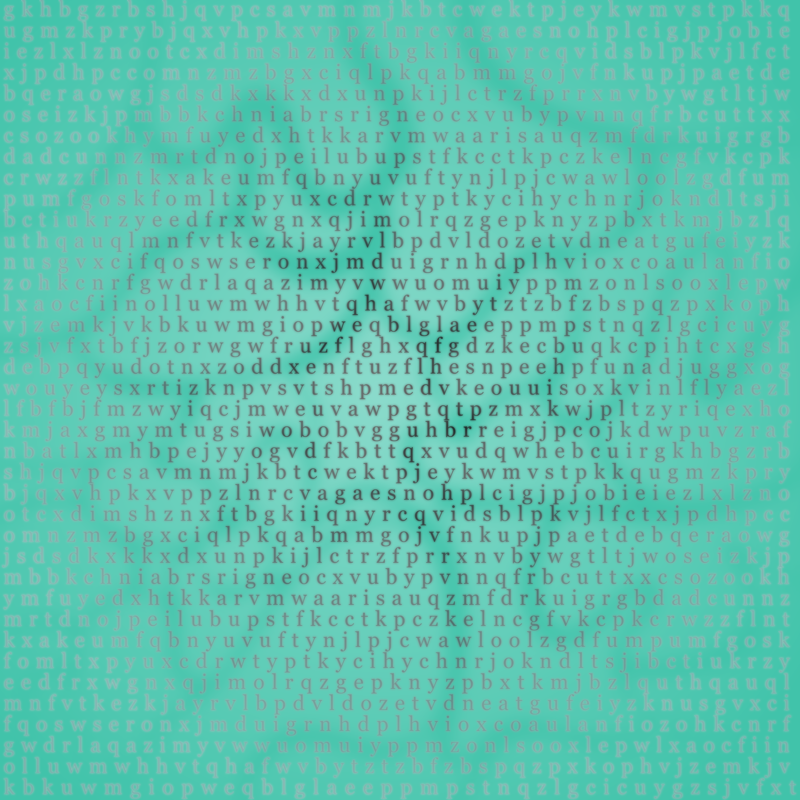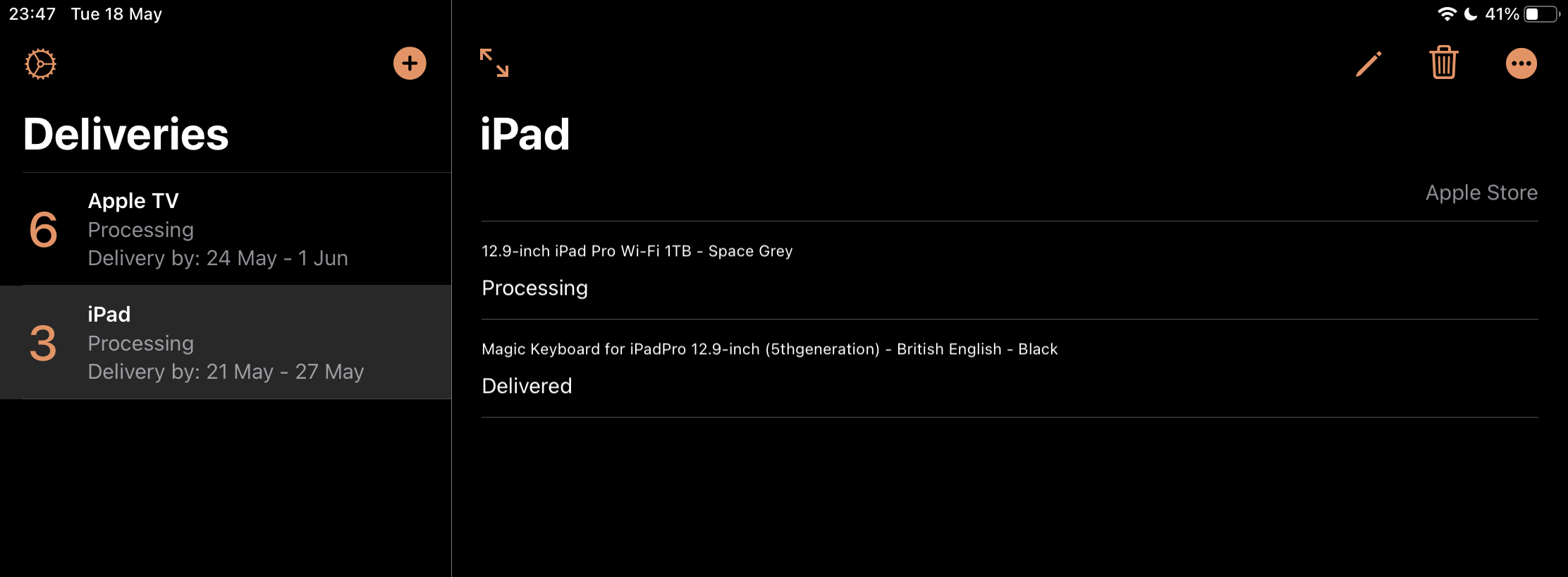Okay, so maybe productivity isn’t the best word. But instead, I want to talk about a few methods that I’ve found that helped me to get things done.
I’ll start with a tiny bit of background information, in that I am an incredibly lazy person. So you could say I need as much help as I can get when it comes to being productive. This is why I’ve started to learn ways in which I can trick myself into starting activities that my usual lazy self would definitely not want to do.
I’m not sure if this quote is actually true, or if Bill Gates was even the one who said it, but I do think there is at least a hint of truth in the following quote:
I choose a lazy person to do a hard job. Because a lazy person will find an easy way to do it.
I think that’s where I am right now. Although I’m not always finding the objectively easiest solution, what I’ve learned is that I need to find the solution that fits me.
A lot of the time, when people talk about productivity, they talk about the efficiency of getting work done and, in general, how you can fit the most value into the smallest period. And while this type of stuff may be helpful to others, my issue is rarely how efficiently I perform tasks or deal with deadlines. My problem is putting in the required effort in order to actually start something.
A tip I hear (and use) a lot when it comes to making tasks seem more bearable is to break them down into smaller tasks and tackle them one by one. It sounds totally obvious, and it probably is. But I, for one, tend to forget about it most of the time.
However, there is one idea constantly in my head: always try and make things easier for myself. Because when the time comes where I have a sudden burst of energy or that tiny bit of time where I feel like I have nothing else to do, I’m more likely to make a dent in a big task. Additionally, I’ve found my sudden bursts of energy and inspiration to be perfect times to make that start.
The thing that helps me the most in tackling a big task, whether it is writing a long blog post, cleaning the kitchen, organising my office, or anything that just seems like it would require too much effort, is that I give myself a goal. More specifically, I give myself an easily achievable goal. So if I want to tidy up the kitchen, I’d tell myself, “I’m just going to put away all of the rubbish in the bin and then I’m done”. If I’m writing a blog post, I’d probably aim to write either a first sentence or maybe even just to get an idea down somewhere. No matter what it is, I find forgetting about the big picture for a second can help. The goal is to get that one thing done, and then you can either finish or just one more thing. After a while, it creates a snowball effect, where after every small task you complete, you’re more likely to do the next thing and the next thing until you may as well just finish it.
I regularly use one trick on myself: when I’m waiting for something to happen, whether it’s waiting for something to cook or when I have a few minutes spare, I just start washing a few dishes. Then in a few minutes, I find myself doing a few more dishes, and then I’m cleaning the surfaces, and then the cupboards, and maybe after this time, the bin is full, so I may as well take that out. Most of the time, I just need to do something small, and then I find it easy to carry on with something else.
When it comes to longer-form writing, I find it useful to give myself a head-start there too. Usually, it’s in the form of a really rough outline of the fundamentals of what I want to write about. And if I have time afterwards, I might do some refining or add a bit more detail. So when it comes to sitting down and writing, my brain can use the outline as a trigger, and I find it a lot easier to get a load of writing done in one go.
My biggest takeaway from this would be that it’s far easier to continue a task than starting one. So by making a dent, no matter the size, makes it that much easier to then push yourself on.
Considering everything I said about starting being the hardest part, that doesn’t necessarily mean that the rest of it is always easy. Sometimes you still need a bit more motivation to keep on going.
I’ve found that not only simply breaking up tasks into more manageable chunks helps, but adding in regular rewards can make it even easier to get bigger pieces of work done. For example, while I was at university, I sometimes found it incredibly boring to write some of the reports. But I tackled that by giving myself rewards for a given amount of work. So after I’d written a certain amount of words, I played a game of FIFA. And then, after that game, I knew that all I had to do was the same amount of words again before I could play again.
It definitely relies upon a level of self-control, but it can be very effective once you’ve found the right balance. It can transform a task into being just smaller chunks, into an activity that you’re actually interested in, broken up with occasional tasks. Even with the added motivation, I’m sure that this method isn’t the most efficient way. But if it means doing something over doing nothing at all, then there’s got to be some value in it.
The last thing that I want to talk about when it comes to getting work done is further to the idea of making things easier for yourself. In that, you can create triggers to help put yourself into a certain mindset and to create environments where you’re more likely to be productive.
For me, I do my best work when I’m sat at my desk in my office at home, in front of a monitor, with my mechanical keyboard, lights dimmed to reduce distraction, and usually some kind of music or ambient sounds playing.
Having a good working environment is something I’ve slowly created, and it’s definitely taken some learning along the way to see what works for me.
When I’m doing work on a computer, I tend to find that even small luxuries can make a big difference in helping me focus on getting work done. This includes using a good looking app for my writing, typing on a keyboard that I enjoy, and generally having that extra bit of delight with my setup. It may sound rather silly, but if you make your environment comfortable and have tools you enjoy using, I’m sure that will only increase the likeliness of getting things done.
A few extra things I’ve found to help trigger myself into a work mindset:
- Putting shoes on (a recent one, not sure I understand it, though).
- Wearing comfortable clothes.
- “ASMR Room” videos on YouTube, which can create an environment with some background music, ambient sounds, and some visuals. I’ve found these keep me from having any major distractions.
- Fresh coffee.
- Opening the window and getting some fresh air.
Setting triggers is something I want to play around with in the future, and hopefully, it’s something I can develop with myself.
If anyone else has had similar experiences when trying to make working a bit more bearable and creating work environments, then I'd be really interested in hearing about them!













